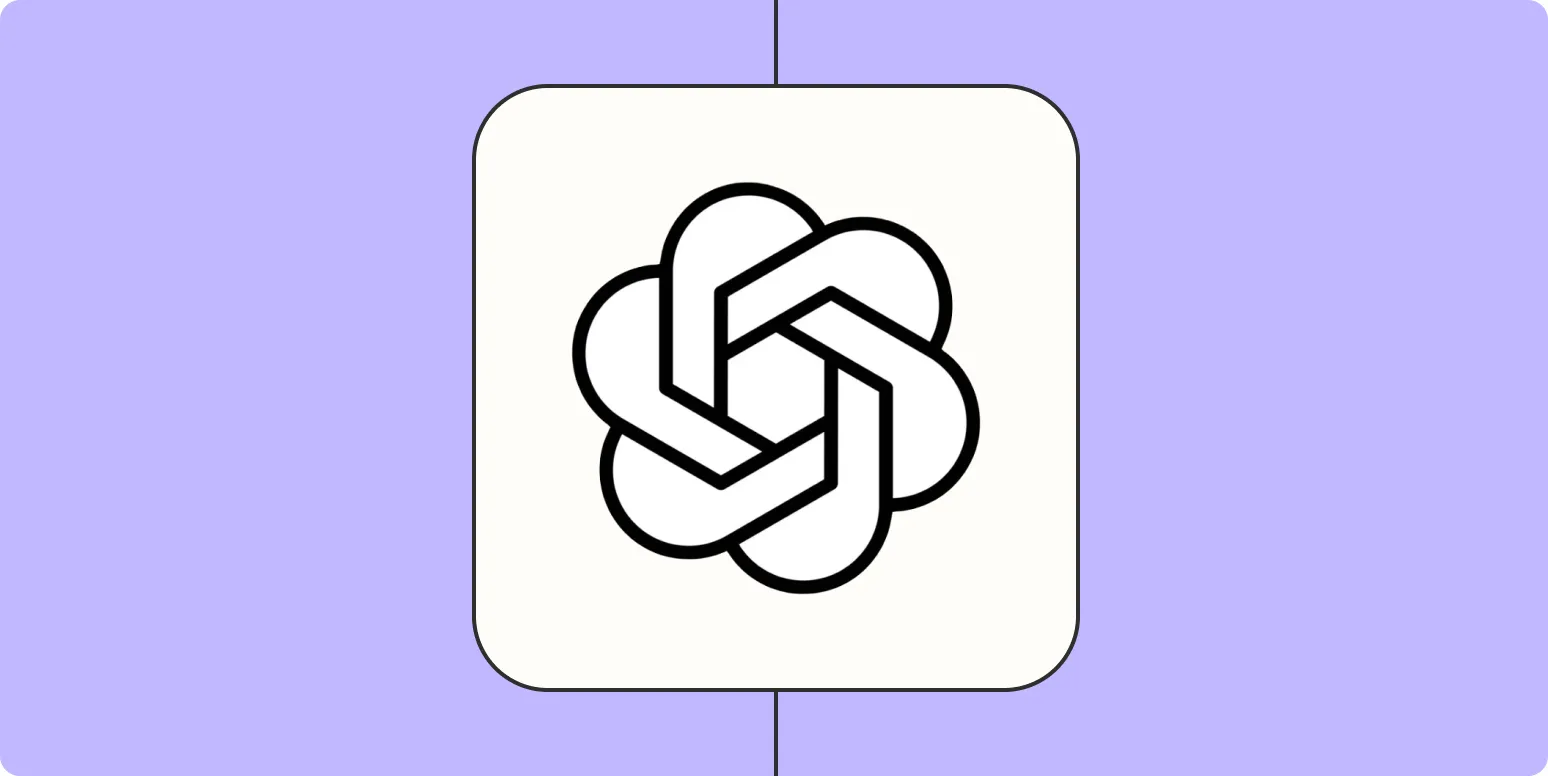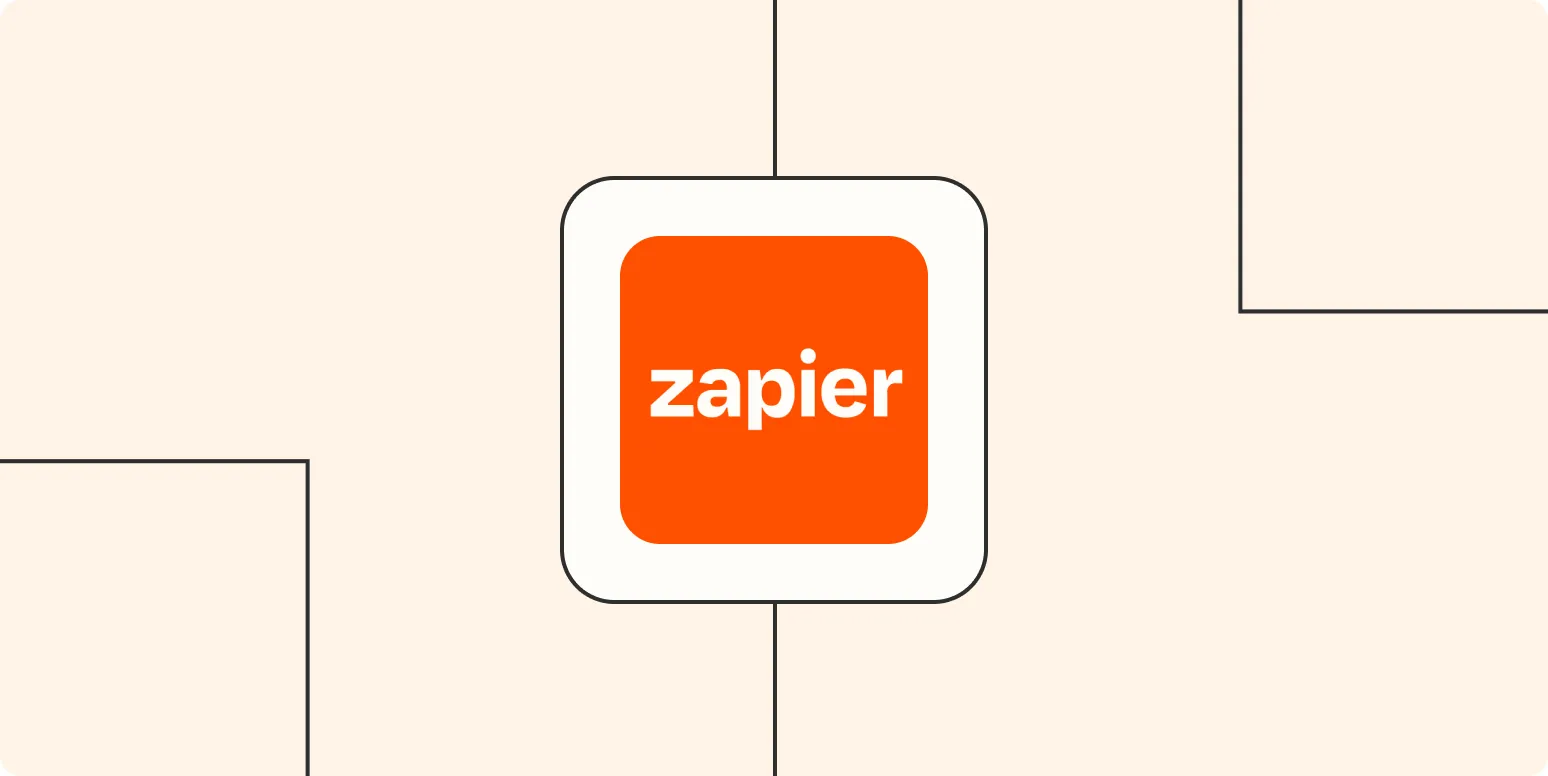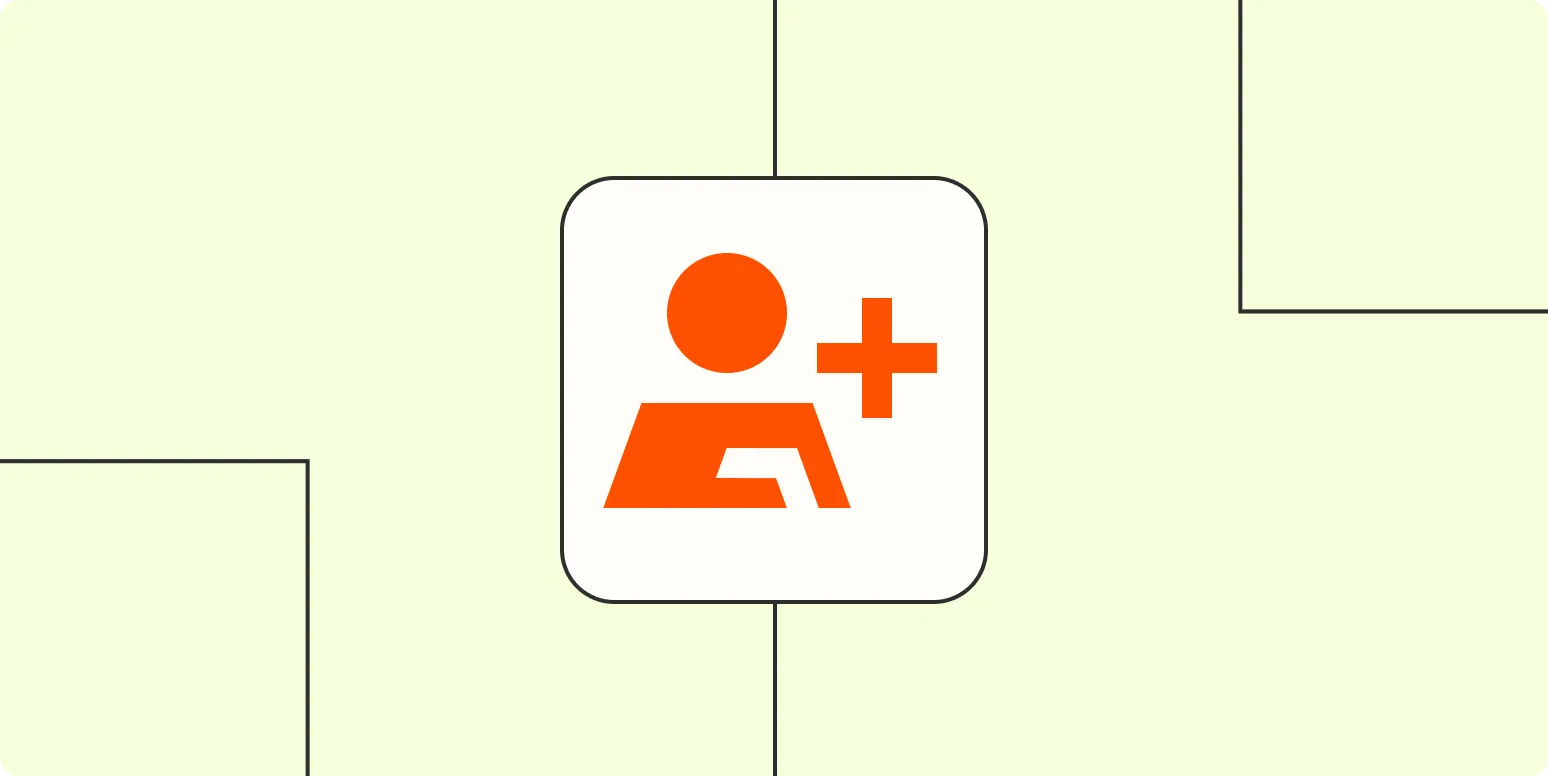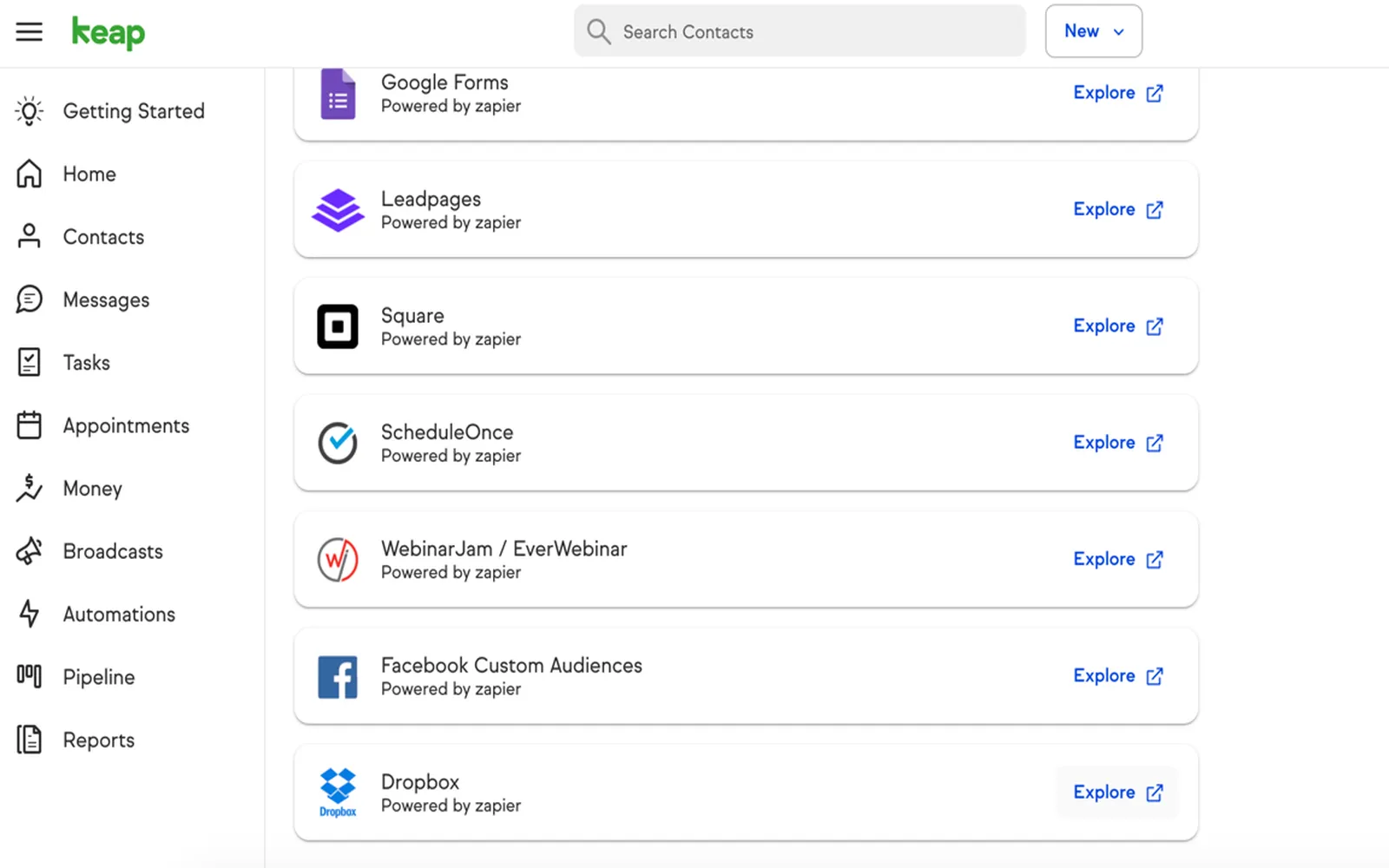As businesses in the United States rapidly adopt cloud computing, the need for robust cloud security architecture has never been greater. This architectural approach involves designing, implementing, and managing security controls to protect cloud-based infrastructure, data, and applications. From hybrid and multi-cloud environments to advanced frameworks like Zero Trust and SASE, modern enterprises are rethinking their security strategies to stay ahead of evolving cyber threats.
This guide covers the essentials of cloud security architecture, explores the role of a cloud security architect, and examines leading frameworks and vendor approaches, including Google BeyondCorp and Azure security architecture.
Understanding Cloud Security Architecture
Cloud security architecture is the blueprint for safeguarding cloud environments. It includes security policies, tools, processes, and technologies integrated into cloud infrastructure to protect confidentiality, integrity, and availability.
Core components include:
- Identity and Access Management (IAM) – Defining who can access what and enforcing authentication and authorization.
- Data Security – Encryption in transit and at rest, tokenization, and key management.
- Network Security – Firewalls, intrusion detection systems, and microsegmentation.
- Application Security – Secure coding practices and vulnerability scanning.
- Compliance and Governance – Ensuring regulatory adherence to frameworks like HIPAA, GDPR, and CCPA.
The Role of a Cloud Security Architect
A cloud security architect is responsible for designing security strategies that align with an organization’s cloud goals. This role demands expertise in:
- Cloud provider security tools (AWS, Azure, GCP)
- Threat modeling and risk assessments
- Integrating security into DevOps (DevSecOps) pipelines
- Selecting security solutions for scalability and resilience
In the US, cloud security architects are in high demand across finance, healthcare, and government sectors, offering competitive salaries due to the complexity and importance of their work.
Cloud Computing Security Architecture Best Practices
Security in cloud computing requires a layered approach:
- Zero Trust Principles – Never trust, always verify, using continuous authentication and authorization.
- Multi-Factor Authentication (MFA) – Protecting against stolen credentials.
- Data Classification and Protection – Applying the right controls based on data sensitivity.
- Security Automation – Using AI tools to detect anomalies and respond to threats faster.
- Regular Auditing – Continuous monitoring for misconfigurations or policy violations.
SASE Architecture in Cloud Security
Secure Access Service Edge (SASE) combines network security and WAN capabilities in a single cloud-native service. Benefits include:
- Unified security for remote and on-site users
- Reduced complexity by consolidating security tools
- Better performance through optimized routing
SASE supports zero-trust network access (ZTNA), ensuring users connect only to the resources they’re authorized to access.
Google Zero Trust BeyondCorp
Google’s BeyondCorp shifts access control from the network perimeter to individual users and devices. Key benefits include:
- Secure remote work without VPNs
- Continuous access evaluation based on device health and user context
- Integration with cloud-native tools for seamless policy enforcement
BeyondCorp has been adopted widely in US enterprises that have large remote or hybrid workforces.
Azure Security Architecture
Microsoft Azure provides a comprehensive security architecture framework with:
- Azure Active Directory (Azure AD) for identity management
- Microsoft Defender for Cloud for workload protection
- Key Vault for secure key and secret management
- Sentinel for SIEM capabilities
Azure security architecture is ideal for organizations with a strong Microsoft ecosystem, offering native integration and compliance certifications.
Comparison Table: Leading Cloud Security Frameworks
| Framework / Approach | Primary Focus | Ideal For | Key Features |
|---|---|---|---|
| SASE Architecture | Network + Security | Enterprises with hybrid workforce | Unified security, reduced complexity |
| Google BeyondCorp | Zero Trust Access | Remote-first companies | No VPN, device/user-based policies |
| Azure Security Architecture | Comprehensive Cloud Sec | Microsoft-heavy environments | Native integration, compliance tools |
| Traditional Perimeter Model | Legacy Network Security | On-premises or private clouds | VPNs, firewalls |
Future Trends in Cloud Security Architecture
- AI-Powered Threat Detection – Using machine learning for real-time threat analysis.
- Post-Quantum Cryptography – Preparing for future encryption challenges.
- Security-as-Code – Embedding security controls directly into infrastructure code.
- Cloud-Native Security Mesh – Distributed security controls across microservices.
Conclusion
In today’s rapidly evolving digital landscape, a well-designed cloud security architecture is essential for safeguarding assets, meeting compliance demands, and enabling innovation. By leveraging modern frameworks like SASE, Zero Trust via BeyondCorp, and robust solutions from Azure, US businesses can achieve resilient, scalable, and future-proof cloud security strategies.





